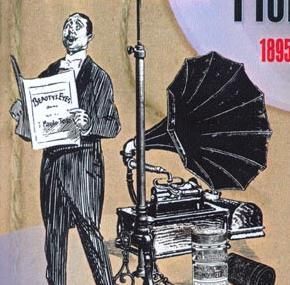 Gasoline Alley has been around forever. It was old when I was a wee lad. It shows the difference between modern one-shot gag strips today and the leisurely pace of illustration in the early 20th century.
Gasoline Alley has been around forever. It was old when I was a wee lad. It shows the difference between modern one-shot gag strips today and the leisurely pace of illustration in the early 20th century.
Here is a contribution from Joyville:
WADE
++++++++++++++++++++++++++++++++++++++
There!
I’m just getting out from these latest crazy weeks crammed with work (of that kind one has to do to live decently), particular obsessions (what would Life be without them?) and a lightning visit to Paris (where I had the pleasure to meet nice and very talented women: Mathyld, Lili Scratchy, Chamo, Delphine Durand: thanks so much for sharing with us a piece of your time).
Luckily, a comic lover always get any time to taste the fruits of the noble art of cartooning. As for me, I gave it completely to reread Frank King’s Gasoline Alley (a little part of King’s vast volume of work, of course). And it worked like a motherly hug, as it couldn’t be any other way!
To tell the truth, the strip was practically a mystery to me before D+Q decided to reprint it. Yes, I had seen before some scraps here and there, but naturally nothing to draw my own conclusions. So here goes my deeply thanks to Jet Heer, Chris Oliveros and Chris Ware, the editors of this gem, because Gratitude is the sign of noble souls.
Otherwise, one can’t help feeling a lively sensation of being a witness to a medium establishing its form and conventions while reading Gasoline Alley nowadays. Frank King amongst other masters had the privilege (and cleverness) to lay comics foundations in order to Cartooning was regarded as a real mass medium: an art with its own, not transferable language.
Comic is necessary elliptical, a “space” where the reader has to fill up the gaps, and so panels (and the gutter between them) turn into the most significant tools in comics. And I was surprised how was King conscious about this matter. Look these comic strips from the early years:
